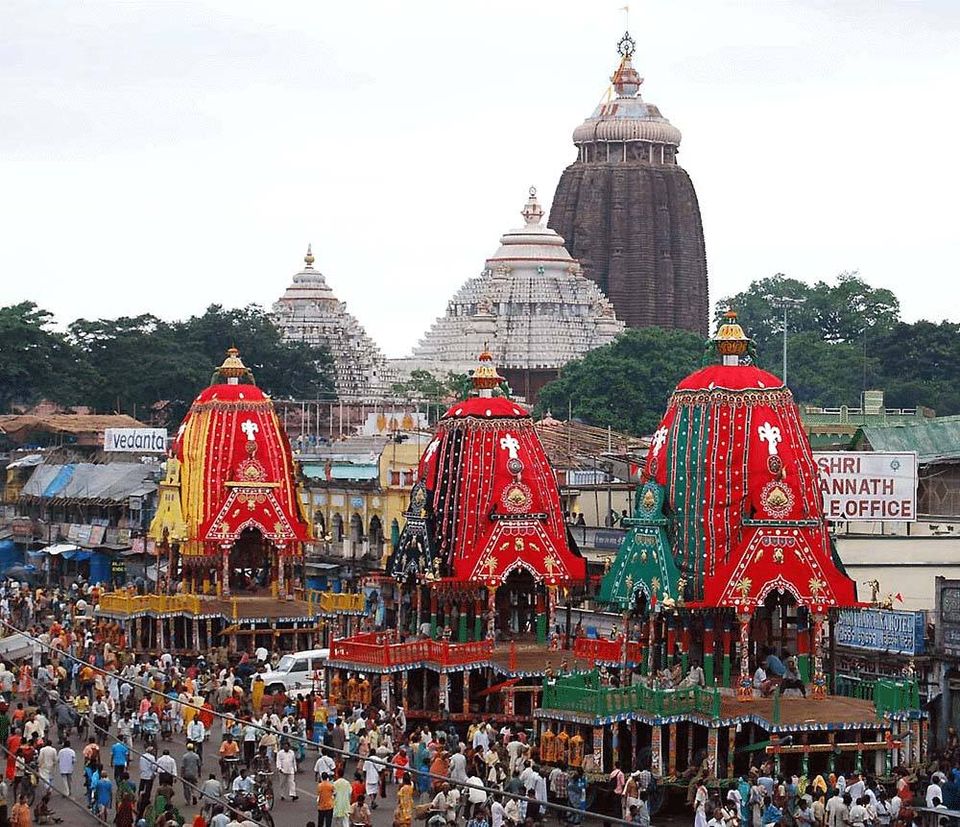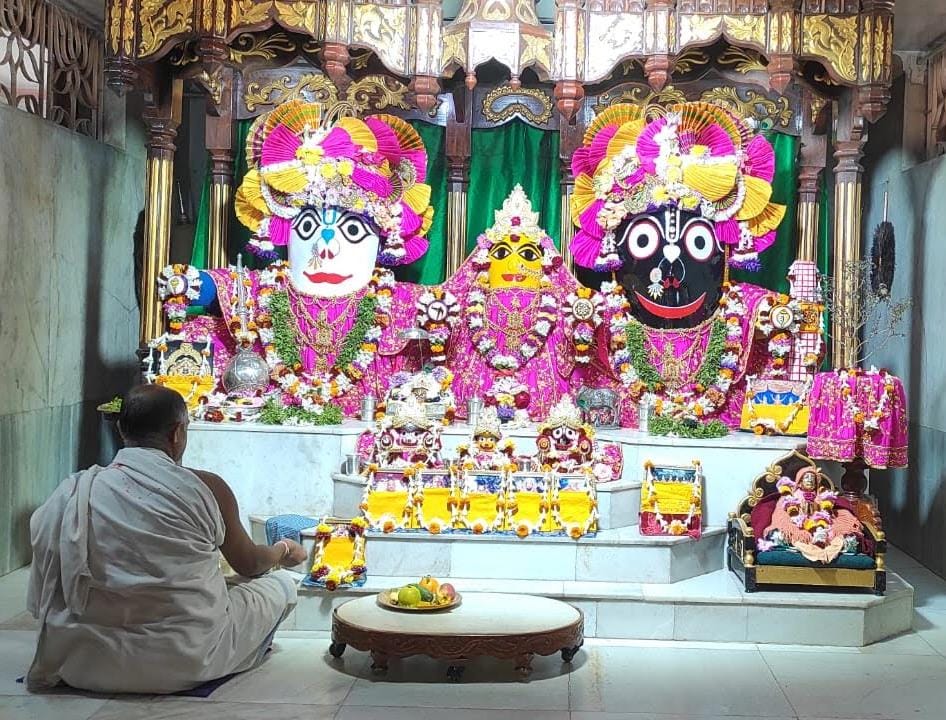The Jagannath Puri Rath Yatra, one of the most celebrated festivals in India, takes place annually in the city of Puri, Odisha. This grand procession is dedicated to Lord Jagannath (a form of Krishna), his brother Balabhadra, and sister Subhadra. The festival is a remarkable display of devotion, tradition, and cultural heritage, attracting millions of devotees from all over the world.

Historical Background
The origins of the Rath Yatra can be traced back to ancient times, with references found in various religious texts. The Jagannath Temple in Puri, where the deities reside, was constructed in the 12th century by King Anantavarman Chodaganga Deva. The Rath Yatra tradition, however, is believed to be much older and is deeply embedded in local culture and religious practices.
Significance of the Rath Yatra
The Rath Yatra holds immense religious significance for devotees. It offers a rare opportunity to witness the deities outside the temple, carried on beautifully decorated chariots through Puri’s streets. This act symbolizes the gods coming out to give darshan (divine sight) to all, regardless of caste, creed, or social status.
Rituals and Celebrations
The Rath Yatra begins on the second day of the bright fortnight of Ashadha (June-July). Preparations start well in advance with the construction of massive wooden chariots for the deities. Each chariot is built anew every year using traditional methods and materials.
Snana Purnima: Preparations kick off with Snana Purnima, a grand bathing ceremony where the deities are bathed with 108 pots of water. Post this ritual, the deities are believed to fall ill and are kept away from public view during the Anavasara period.
Netrotsava: After the Anavasara period, the deities undergo the Netrotsava ritual on the day before the Rath Yatra, marking their recovery.
Chhera Pahara: On the Rath Yatra day, the King of Puri or his representative performs the Chhera Pahara ritual, sweeping the ground in front of the chariots with a golden broom. This act signifies that even the king is a humble servant of the gods.
The Journey: The deities are brought out in a grand procession and placed on their respective chariots. Jagannath’s chariot is Nandighosa, Balabhadra’s is Taladhwaja, and Subhadra’s is Darpadalana. Devotees pull the chariots with ropes, chanting hymns and singing devotional songs, as they proceed to the Gundicha Temple, about 3 kilometers away. This journey symbolizes Lord Jagannath’s annual visit to his birthplace.
Stay at Gundicha Temple: The deities stay at the Gundicha Temple for nine days, during which various rituals are performed. This period is known as the Gundicha Yatra.
Return Journey (Bahuda Yatra): After nine days, the deities return to the Jagannath Temple in a similar procession called Bahuda Yatra. The return journey is equally significant, marked by rituals and celebrations.
Suna Besha: The day after the return journey, the deities are adorned with gold ornaments in the Suna Besha ritual, drawing thousands of devotees.
Cultural and Social Impact
The Rath Yatra is a cultural extravaganza showcasing Odisha’s rich heritage. It brings together people from different walks of life, fostering unity and communal harmony. Economically, it boosts local businesses and provides livelihood opportunities, as the festival attracts numerous tourists and pilgrims.
The festival has inspired various art forms, including music, dance, and painting. Traditional Odissi dance performances and devotional music are integral parts of the celebrations, creating an aura of divine bliss and joy.
Global Influence
The fame of the Jagannath Puri Rath Yatra has spread globally. Rath Yatras are organized in various countries, including the United States, the United Kingdom, and Australia, by the Indian diaspora and ISKCON (International Society for Krishna Consciousness). These events connect people worldwide with India’s rich traditions and spiritual essence.

The Jagannath Puri Rath Yatra is a festival that embodies devotion, tradition, and cultural heritage. It offers a glimpse of the divine to millions, reinforcing spiritual beliefs and promoting community togetherness. The festival’s grandeur and deep-rooted significance make it a cherished event in devotees’ hearts. Through its rituals and celebrations, the Rath Yatra not only strengthens spiritual connections but also fosters a sense of unity and joy.
